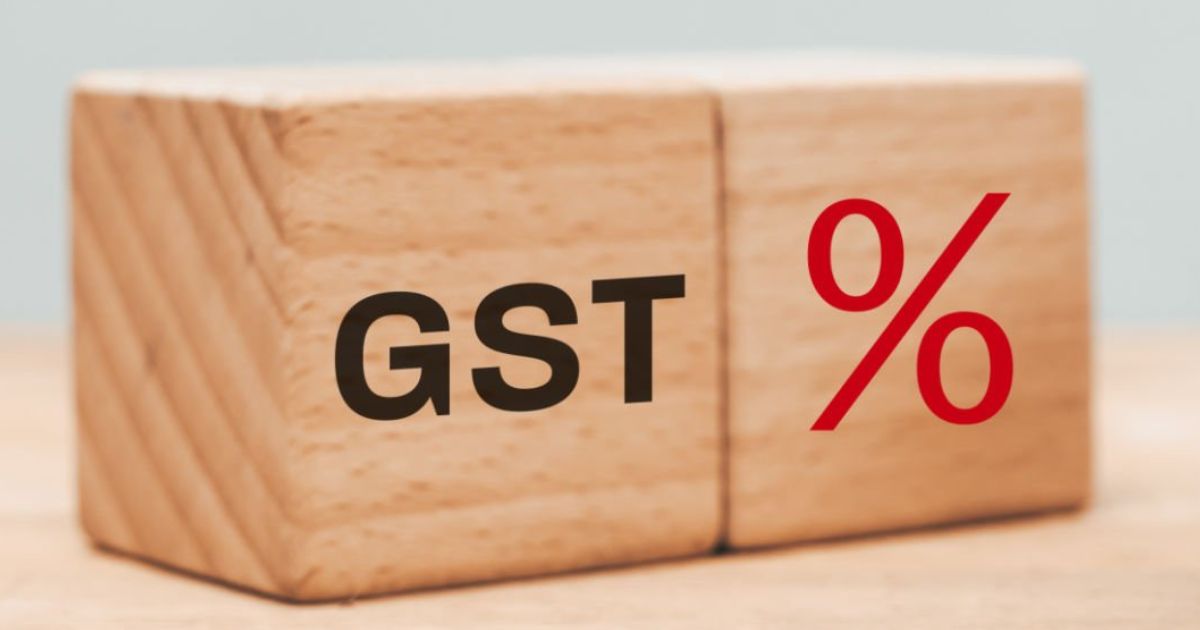The Centre is considering a major restructuring of the GST rate slabs, proposing to move a majority of goods and services from the 12% bracket to 5%. According to government estimates, this rejig could result in an annual revenue loss of nearly Rs 80,000 crore.
Officials indicated that the shortfall will be partly offset by retaining the highest GST slab of 40% on demerit and luxury goods such as tobacco, cigarettes, aerated drinks and high-end automobiles. With the cess merged into GST, these categories are expected to contribute significantly to maintaining overall revenue.

Items likely to benefit from the tax cut include
- Daily-use and food items: butter, ghee, processed food, fruit juices, pickles, jams, chutneys, murabba, almonds and packaged coconut water.
- Consumer goods: mobiles, umbrellas, and tractors.
- Services: construction-related work contracts and multimodal transport (road-rail, road-sea logistics).
Meanwhile, sin and luxury products will remain under the 40% slab, ensuring no relief for aerated beverages, sugary drinks, tobacco products and large cars with engines above 1,200 cc.
The proposals will be examined by the Group of Ministers (GoM) on Rate Rationalisation, headed by Bihar Deputy Chief Minister Samrat Choudhary, along with finance ministers from Karnataka, West Bengal, and Kerala. The GoM is set to meet on August 21 to finalise recommendations for the GST Council.
If approved, this rationalisation will simplify the indirect tax structure by reducing slabs to just two rates - 5% and 18% with a 40% levy reserved for demerit goods. The move aims to ease compliance for businesses, align rates with consumption patterns, and make essential goods more affordable, while safeguarding revenues through higher taxes on luxury and sin goods.







 CAclubindia
CAclubindia
